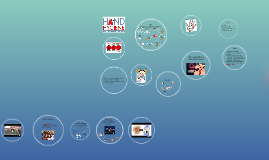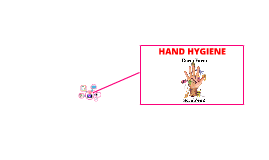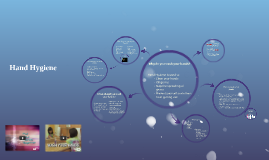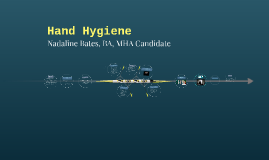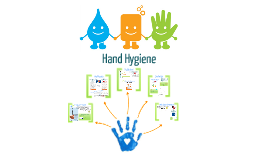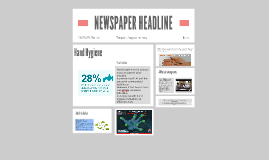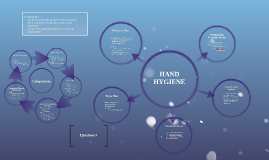Hand Hygiene
Transcript: A life lost among many How to wash your hands •Wet your hands with running water. •Apply liquid, bar or powder soap. •Lather well. •Rub your hands vigorously for at least 20 seconds. Remember to scrub all surfaces, including the backs of your hands, wrists, between your fingers and under your fingernails. •Rinse well. •Dry your hands with a clean or disposable towel or air dryer. •If possible, use your towel to turn off the faucet. $1.25 Headline 5 “Clean Care is Safer Care” is not a choice but a basic right. Clean hands prevent patient suffering and save lives. Tuesday, August 26, 2014 Hand hygiene, a very simple action, is well accepted to be one of the primary modes of reducing HCAI (Health Care-Associated Infections) and of enhancing patient safety. Hand Hygiene Subtitle Health care-associated infections affect hundreds of millions of patients worldwide every year. Infections lead to more serious illness, prolong hospital stays, induce long-term disabilities, add high costs to patients and their families, contribute to a massive, additional financial burden on the health-care system and, critically, often result in tragic loss of life. Hand hygiene is the primary measure proven to be effective in preventing HCAI and the spread of antimicrobial resistance. However, it has been shown that HCWs encounter difficulties in complying with hand hygiene indications at different levels. A Call to Action Vol XCIII, No. 311 NEWSPAPER HEADLINE






